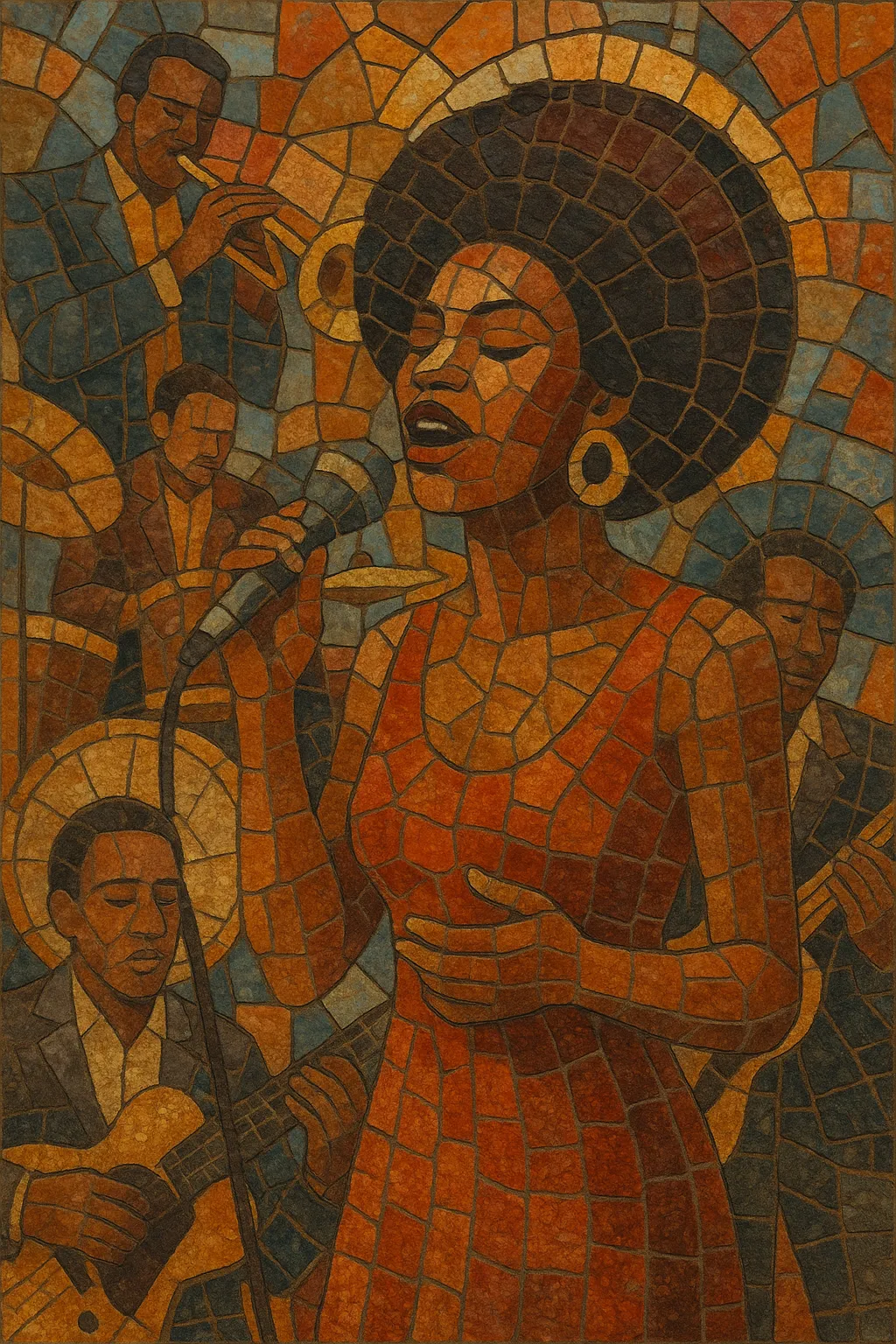
Retro soul is a 21st‑century revival of 1960s–1970s American soul and R&B aesthetics. It emphasizes live rhythm sections, punchy horn and string arrangements, call‑and‑response vocals, and vintage recording techniques that evoke classic Motown, Stax, and deep Southern soul.
Compared with neo‑soul, retro soul tends to avoid contemporary hip‑hop production, opting instead for period‑correct tones: analogue tape saturation, ribbon mics, plate/spring reverbs, and tightly arranged songs built on strong hooks and groove. The movement coalesced around independent labels and studios (notably Daptone Records) and later crossed over via artists who blended the sound with contemporary pop sensibilities.
Retro soul grew from renewed fascination with mid‑20th‑century American soul in crate‑digging and DJ cultures of the 1990s. Collectors, mod/northern soul scenes, and deep‑soul aficionados nurtured an audience primed for new music that sounded authentically vintage.
In the 2000s, Brooklyn’s Daptone Records (with the Dap‑Kings house band) established a sonic template: live‑to‑tape sessions, minimal overdubs, and arrangements modeled on Stax/Atlantic and Motown. Sharon Jones & The Dap‑Kings became flagship artists, while related projects (Menahan Street Band, Lee Fields) expanded the roster. Meanwhile in the UK, Amy Winehouse’s "Back to Black" (2006), produced by Mark Ronson with the Dap‑Kings, brought the aesthetic to global pop audiences.
The 2010s saw a wider revival: Charles Bradley’s late‑career rise, Leon Bridges’ smooth Sam Cooke‑inspired sound, and indie acts like Durand Jones & The Indications and Mayer Hawthorne. Retro soul diversified—some artists leaned toward psychedelic soul textures (e.g., Michael Kiwanuka), others toward gospel‑tinged deep soul or uptempo northern‑soul dance grooves.
A new generation (e.g., Thee Sacred Souls, Monophonics) continued the tradition with meticulous vintage production and songwriting, while contemporary pop occasionally borrowed retro soul’s color (horns, girl‑group backing vocals, plate reverb) for chart singles. Boutique studios, analogue engineers, and revivalist labels worldwide sustained the sound’s craft ethos.
Retro soul’s legacy lies in its craft focus—economical arrangements, human groove, and timeless songwriting. It reintroduced classic engineering practices to modern audiences and influenced indie/alternative R&B and retro‑flavored pop to value feel and space over maximal digital polish.

